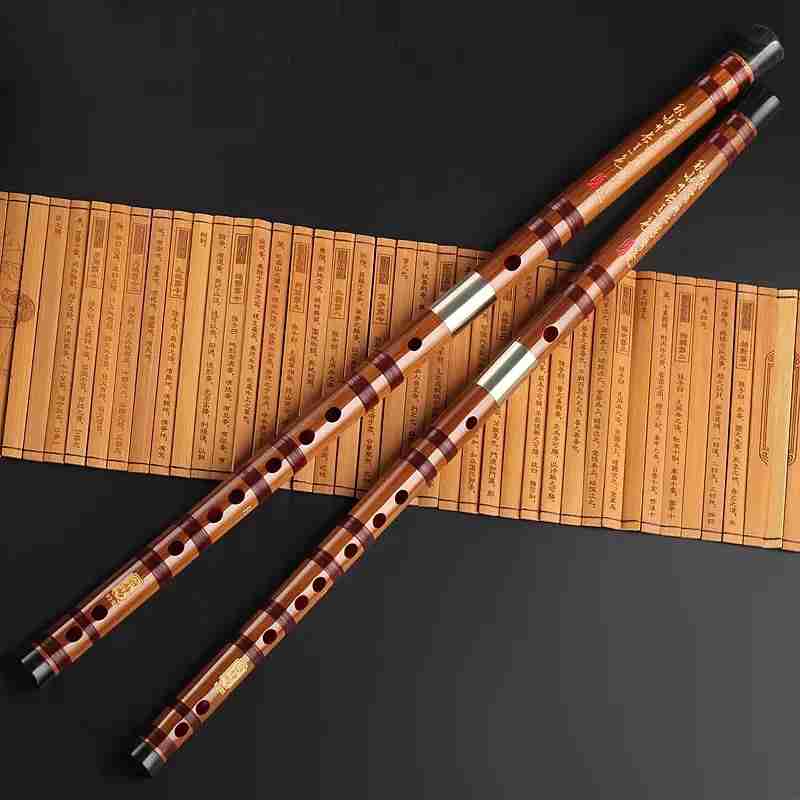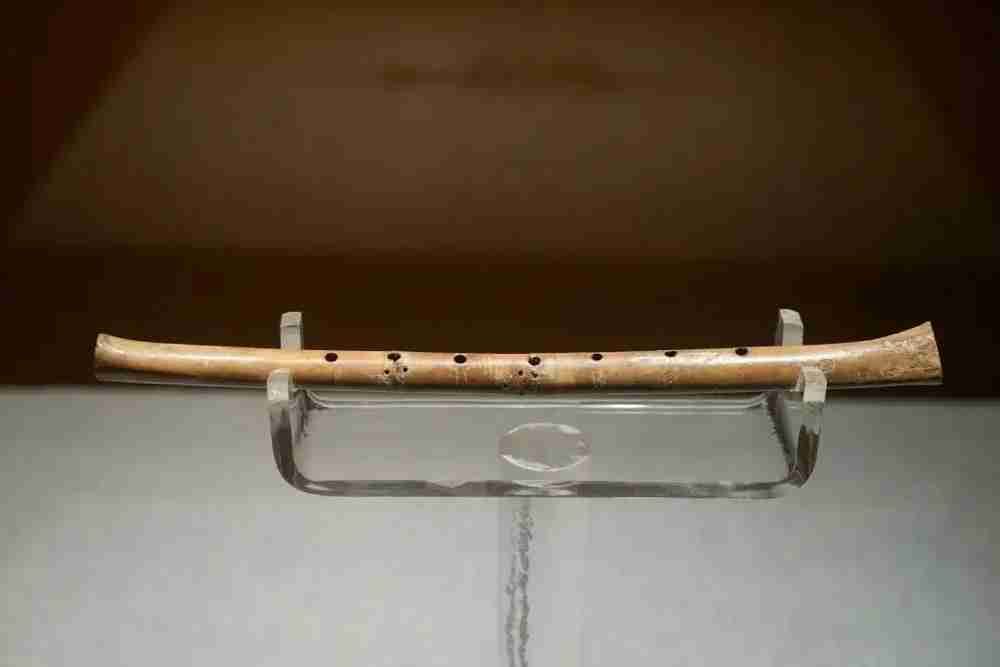Dizi is a type of Chinese transverse flute, it has two aka’s and you can, therefore, refer to it as di or héngdi. The transverse flute is available in different varieties which are Xindi, Qudi, and Bangdi. The side-blown flute is currently used in both the regional and national forms of Chinese music for Solo, Orchestra, and Small performances.
Back in the day, the dizi was adopted when playing the different genres of Chinese folk music, as well as the Chinese opera. The musical instrument dates back to the 5th century BC, but there has been evidence of the existence of the bamboo dizi dating back to the 2nd century BC. Despite its simple design of one blowhole and six finger holes, playing the unit is not a walk in the park.
Beginner dizi players, therefore, need to invest in the D.Key Dizi and start practicing with it as they work their way up to the original dizi.
What is the dizi made of?

Dizi Chinese musical instrument is made of bamboo, and that is why at times you will find it being referred to as the Chinese bamboo flute. On other occasions, durable materials are incorporated when making the dizi flute, the likes of jade and marble.
Bamboo is however the most preferred primary material in the making of the woodwind musical instruments because of its hollow design. What you must, however, note is that there are many different types of bamboo but the one that is mostly preferred in the making of woodwind instruments is the black bamboo which also has ornamental properties.
What Type of Instrument Is Dizi
Dizi is a type of woodwind instrument, you can also describe it as a side-blown flute of the Han Chinese.
What does dizi mean in Chinese?
Dizi in Chinese means a transverse flute with a buzzing membrane used in Chinese music.
How to play the dizi flute
When playing the dizi flute you can assume two positions, you can either sit down but ensure that you sit upright or stand up and still assume an upright posture. You will then pick up your flute and hold it parallel to the floor, at this point you must ensure that your body is relaxed and that your elbows have protruded from the sides.
When you put the flute in your mouth, there are some fundamental positions that you fingers must assume. You will notice that the flute has six holes and as such three fingers of each of your hands will be used to cover the six holes. While the index fingers will point towards your mouth. You will then use your thumb to support the flute, once you have succeeded in achieving the following positions, you should be comfortable enough to now engage the mouth technique.
When it comes to launching the mouth technique, there are various actionable techniques that you can try out, one which is circular breathing, popped notes, slides, multiphonics, double tonguing, flutter tonguing, and flying finger trills. Beginner players must however note that if they wish to produce different sounds then they will have to invest in different sized and different key dizi’s.
Additionally, if there are some peculiar sounds that the player wishes to produce then they will have to invest in either a large-sized or a small-sized dizi.
How to Make Dizi?
Back in the day, the traditional dizi was made from a single piece of bamboo. Making the dizi was never hectic as the process was straightforward. Over time, however, the dizi did not suffice when played in the modern Chinese Orchestra, and given that it was made from a single wood, changing the tuning proved impossible.
Fast forward to the 1920s and the issue is resolved by simply inserting a copper joint to aid in the connection of the two pieces of the shorter bamboo. The new method enabled the length of the bamboo to be modified for small adjustments thus producing the much-needed sounds.
If you take a closer look at the traditional dizi, you will notice that the fingers of the players are to assume an equidistant spacing, perfect for producing the mixed whole tone and the three quarter-tone intervals. The figure holes were additionally repositioned to alter the notes that were being produced.

In the 20th century, the makers of the bamboo flute changed the finger hole placement, a feature that enabled playing in equal temperament. The above was in line with the developments in compositions and music. Dizi is made with an additional hole popularly referred to as a mo Kong, it is located between the embouchure and the finger holes.
A membrane famously known as dimo is then made taut and affixed over the hole with glue. The application process creates fine wrinkles at the center of the dimo and which ends up creating a penetrating buzzy timbre. The making of the dimo covered with mo kong enables the dizi to produce brighter and louder sounds.
Dizi Instrument History

The dizi bamboo flute gained popularity in the period 475-221 BC, it was first seen in the Hemudu clan, which is about 7 years ago. The instrument is available in two variations, we have the Bangdi which is characteristic short and was used to accompany clapper-type operas. The other one is the Qudi but which can also be referred to as sudi, famously used to accompany Kungu opera. Sudi produces a pure tone, the reason why it is used to express understated and delicate moods.
Dizi Who Invented
It is not clear who exactly invented the dizi bamboo flute, what we do know however is that the mo kong was invented during the tang dynasty by Liu Xi in the periods ranging 618-907 C. E. and who even went ahead to name the dizi “the seven-star tube.”
Conclusion
The dizi has evolved over the years, a thing that has attracted the western musicians, who have made better use of the instrument by pairing it with other world wood wind instruments while playing music. The instrument gained popularity in contemporary music after some of the major performers used it in the new conservatory professional concert repertory.